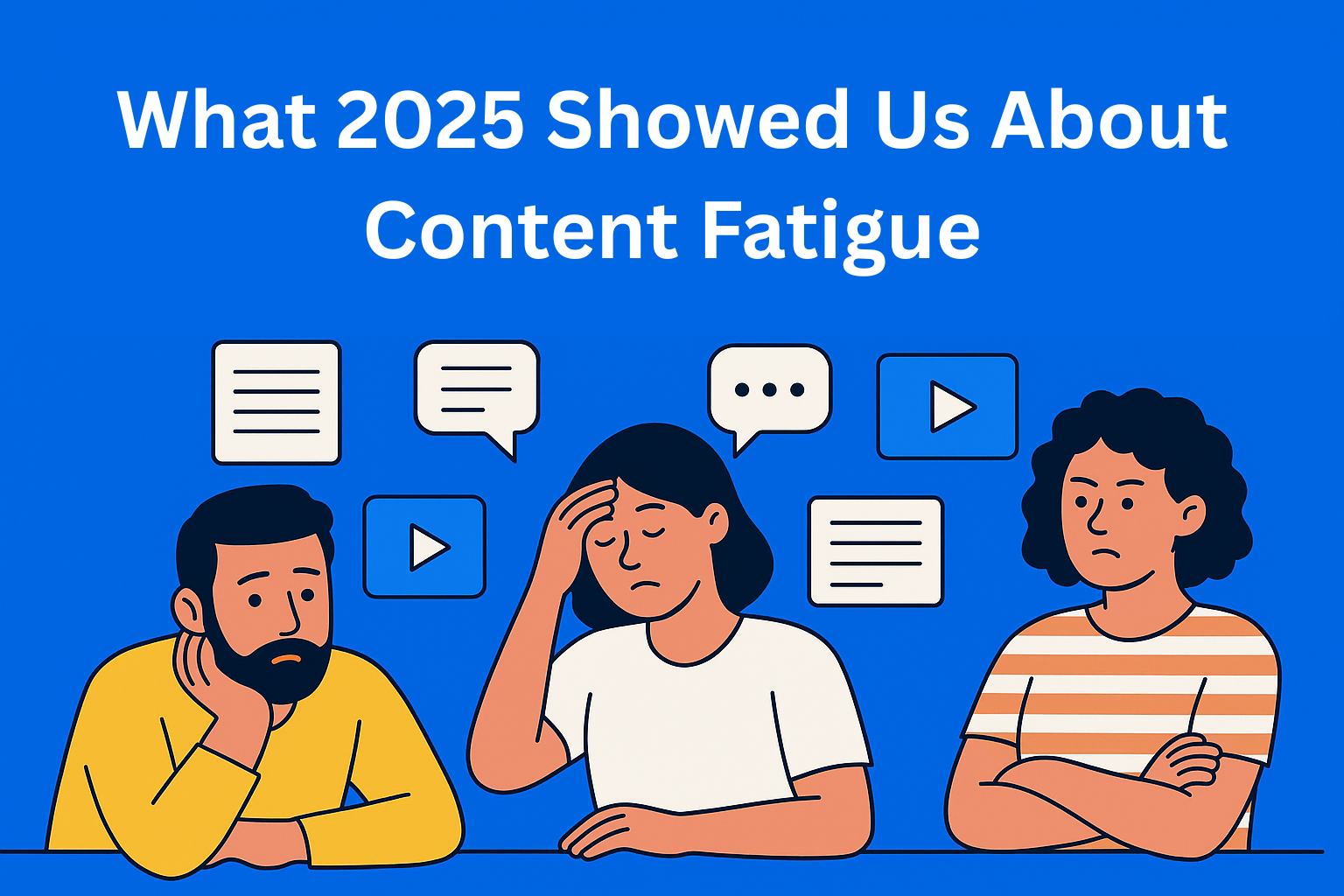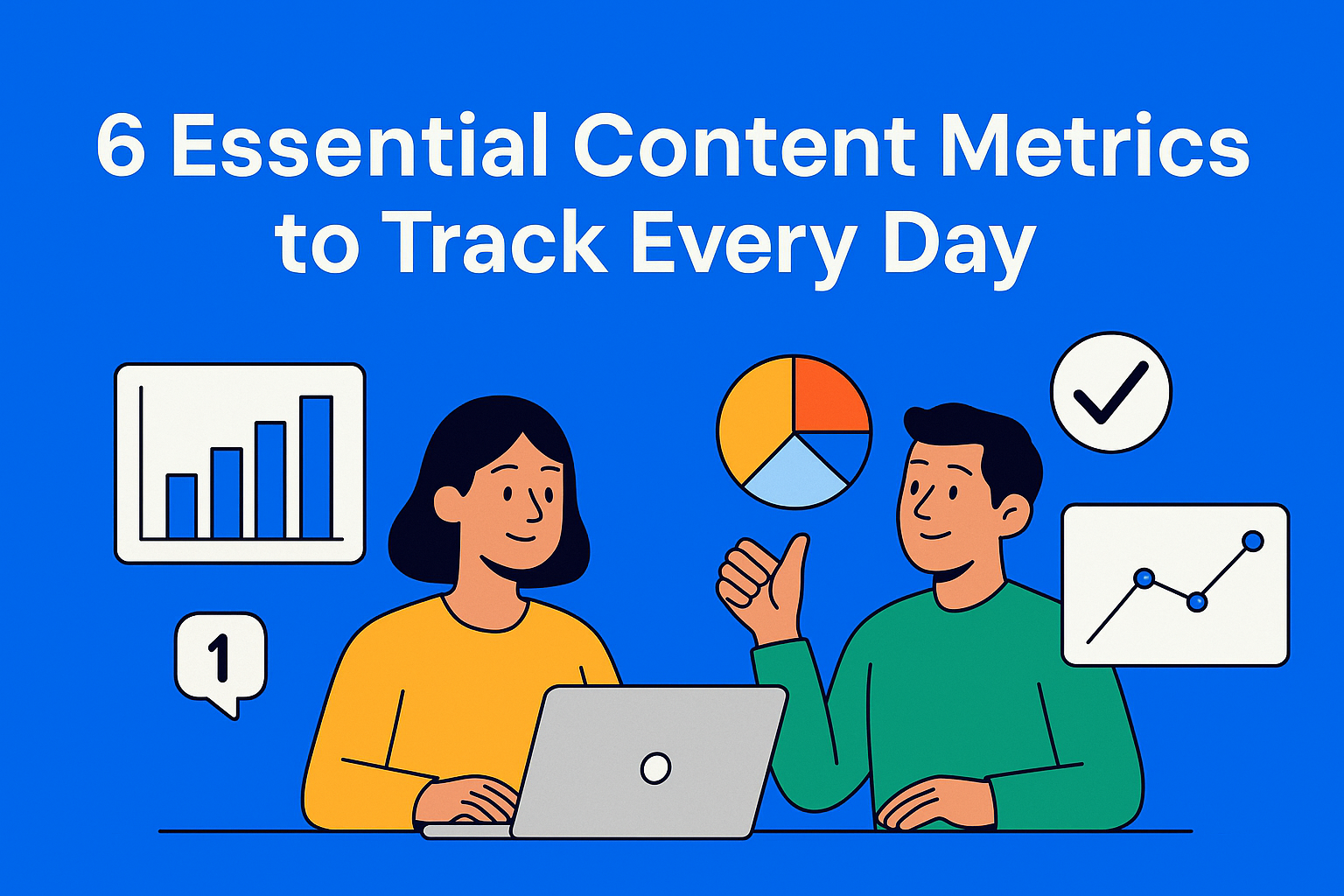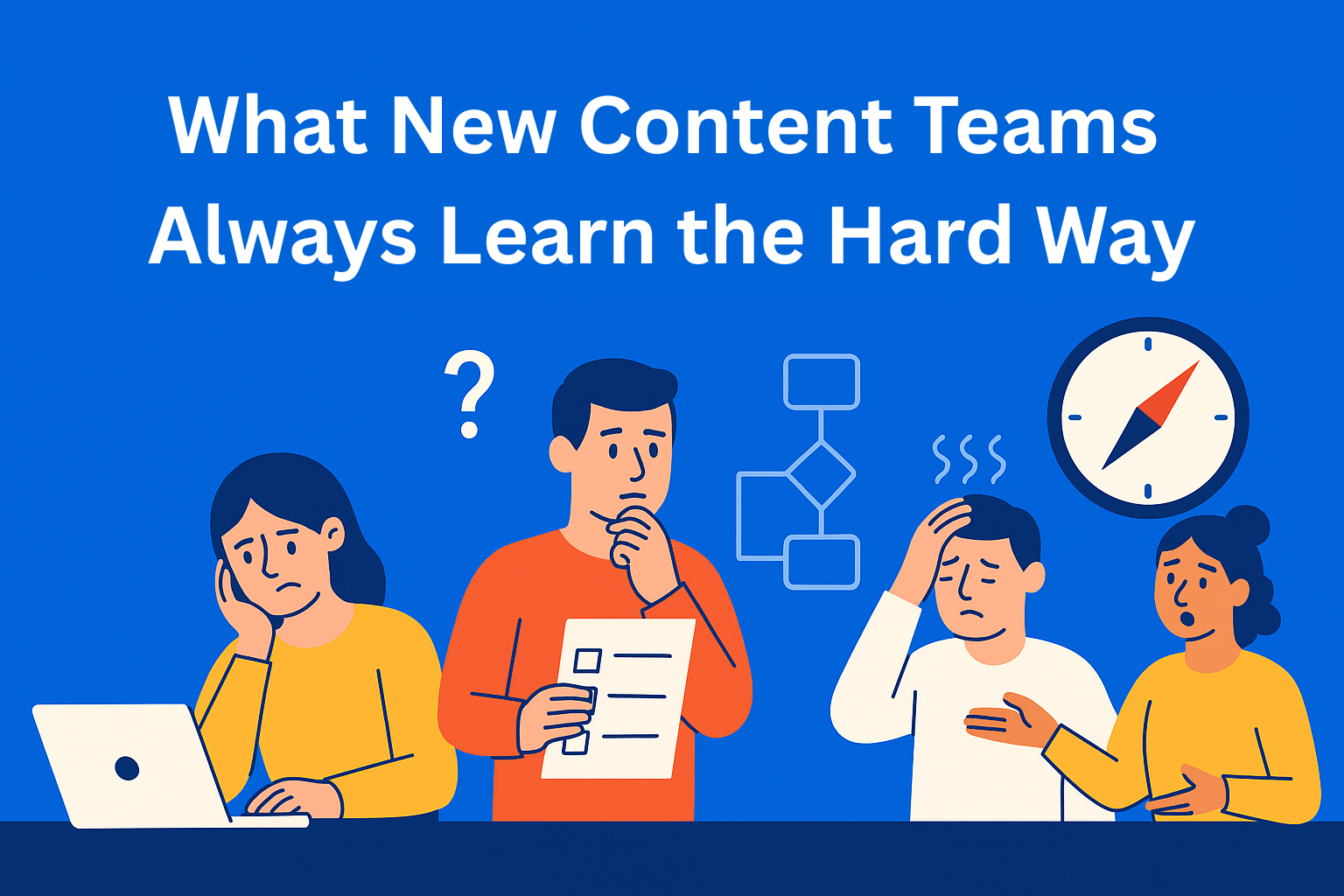What 2025 Showed Us About Content Fatigue (And How to Avoid It in 2026)
Discover why audiences hit content fatigue in 2025 and what truly earns attention in 2026. Learn how intentional creation, real value, and smarter use of AI can help your content stand out in an oversaturated digital space.

In 2025, something happened that surprised almost every team working with content: audiences began to feel tired of what they read, watched, or listened to much faster than before. There was more content than ever, but attention stayed the same. This created a serious problem - people simply started skipping anything that felt generic or shallow. That’s why we’re talking about what this year taught us about content fatigue and what we can do to avoid it in 2026.
Key Takeaways
- 2025 exposed the limits of constant publishing - audiences became overwhelmed, leading to lower clicks, shorter reading time, and faster scrolling across all platforms.
- Content fatigue comes from sameness - too many posts sounded similar, often created by AI without differentiation, which caused even good content to blend into the noise.
- Quality finally replaced volume as the winning strategy - deeper insights, clear explanations, and human perspective have become far more valuable than frequent posting.
- 2026 requires intentional content - every piece needs a purpose, a unique angle, and a style that stands out to truly earn audience attention.
- Listening to audience signals is now essential - comments, shares, and retention show what resonates; silence means the strategy needs to change.
The Year When Content Exploded
The main reason 2025 brought so much saturation is because artificial intelligence made creating texts, videos, and posts extremely easy. This led to a massive amount of content appearing daily across social networks, blogs, and platforms. But even though there was more content than ever, audience attention didn’t grow. On the contrary, many people began to feel overwhelmed.
In this environment, content fatigue became more visible than ever. People started skipping and ignoring things that looked familiar or repetitive. This was a clear sign that it was time to rethink the approach.
Why Saturation and Low Engagement Happened
One of the biggest issues was the mentality that “more is always better.” Many teams believed they needed to publish as often as possible to stay relevant. But when everyone publishes all the time, attention gets divided into smaller and smaller parts. In the end, nobody gets real value.
On top of that, many posts looked identical. Same style, same structure, same phrases. People could no longer tell what was high-quality and what was just another generic AI-generated text. All of this made content fatigue even worse.
Signals That Showed People Couldn’t Keep Up Anymore
In 2025, several signals clearly showed that audiences were losing interest:
- Lower CTR - fewer people clicked on links.
- Shorter time on page - even if they clicked, they quickly left.
- Lower email open rates - newsletters were losing impact.
- Faster scrolling - people didn’t even try to read everything.
These signals show that people are tired of content that doesn’t bring anything new. When everything feels the same, nothing stands out. And that’s the main problem: too much generic information causes even good content to go unnoticed.
Why Quality Beats Quantity Again
A few years ago, many believed that simply being everywhere was enough. Today, that no longer works. When everything is oversaturated, people start choosing only what truly brings them value.
That’s why 2025 made it clear that quality matters more than quantity. People want clear opinions, simple explanations, and content that feels human, not like it was produced by an algorithm.
This is where original insights become extremely important. Audiences want to feel that someone understands what’s happening, knows how to help them, and shares knowledge they can’t find in generic posts. That’s why thinking more deeply about content strategy is essential.
How to Stay Relevant in 2026
If 2025 was the year of saturation, then 2026 must be the year of intentional and thoughtful content. That means several things:
Publish With Clear Intention
Don’t publish just because “something needs to be posted.” Every text, post, or video should have a purpose. When intention exists, the audience notices.
Focus on Differentiation
There’s a lot of everything online. If you want to stand out, you have to be different, your angle, tone, style, and way of explaining things. That’s the only way to avoid content fatigue.
Content Should Earn Attention
No one will give you attention just because you posted something. Attention must be earned through good insights, clear explanations, and content that solves real problems.
Smarter Use of AI
AI should help, not take over all creativity. When used correctly, AI speeds up work but doesn’t remove the human touch.
Listen to Audience Signals
If people react, comment, share, or ask questions, it means you’re on the right track. If they ignore you, it’s time to change the approach.
In 2026, those who publish the smartest, not the most, will win. That’s the key lesson from last year and one that will shape the future of content marketing.
Practical Steps to Prevent Audience Fatigue
Here are some concrete tips for teams who want to create better and more meaningful content:
1. Redefine KPIs
Instead of counting the number of posts, focus on the impact. Did the content actually help someone? Did it create a reaction? That’s what truly matters in fighting content fatigue.
2. Create an "Editorial Filter"
Before publishing, ask one simple question: “Does this content bring something new?” If the answer is no, it shouldn’t go live.
3. Plan Content Around the Audience, Not the Calendar
Too many teams still publish just because something is scheduled. Instead, create content that answers real needs and questions.
4. Build a Recognizable Style
Whether it’s tone, visuals, or your way of explaining things, your content needs something that feels like you. This creates differentiation and reduces saturation.
5. Focus on Signature Pieces
These are texts or videos that offer useful, clear, well-explained information. They’re easy to remember, people share them more often, and they attract attention longer because they offer something truly valuable.
6. Don’t Use AI on Autopilot
AI is an excellent tool when used properly. But if you rely only on it, your content becomes generic. A mix of human experience and AI tools brings the best results.
Conclusion
If 2025 was the year that forced us to stop and reflect, then 2026 should be the year we focus on what truly matters. People no longer want just another post or another article. They want value, clarity, and perspective.
That’s why every piece of content must be intentional, different, and able to “earn” the time of the people reading it. Only then can we avoid content fatigue and build long-lasting relationships with our audience.
When we understand this shift, we don’t just create better content, we create better communication with the people we want to reach.






